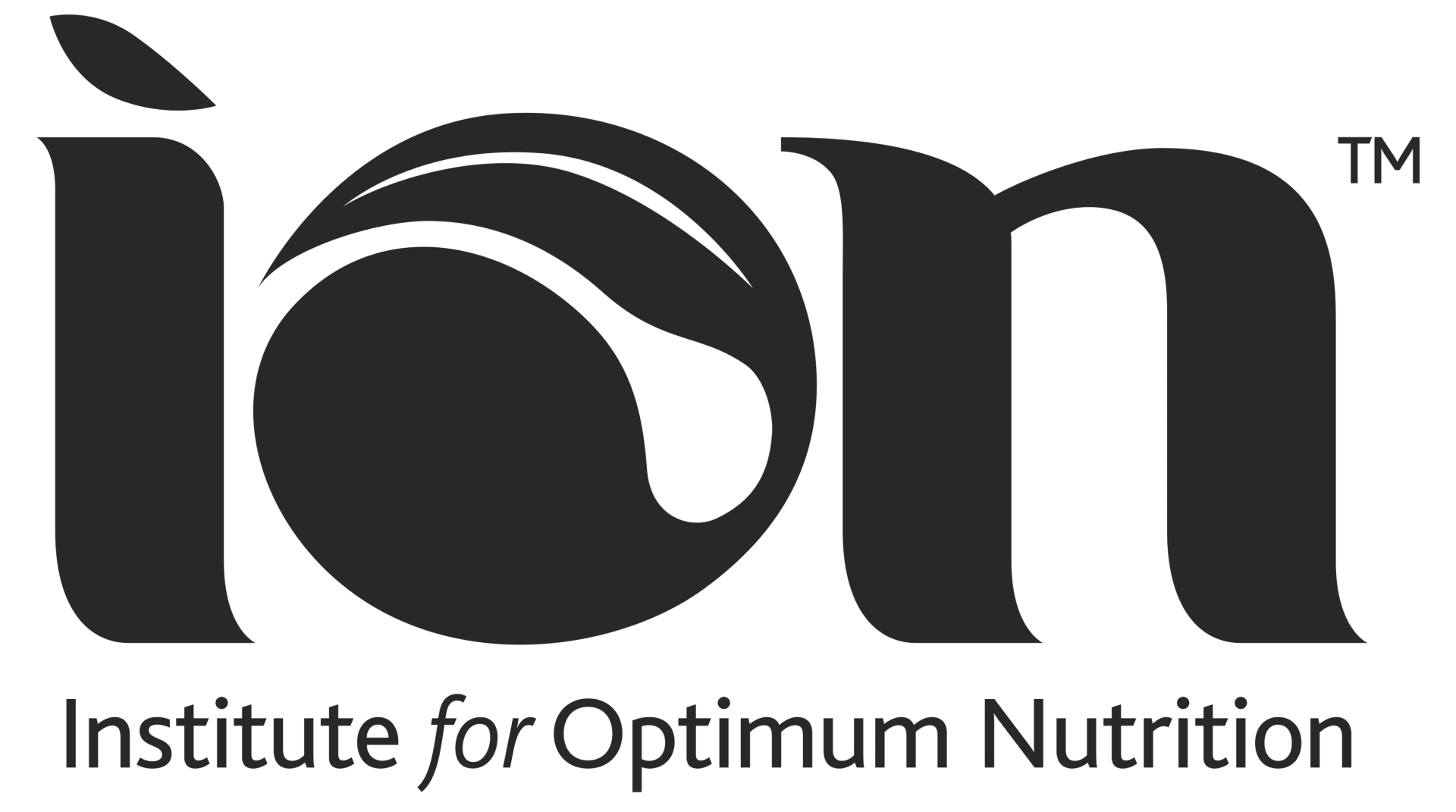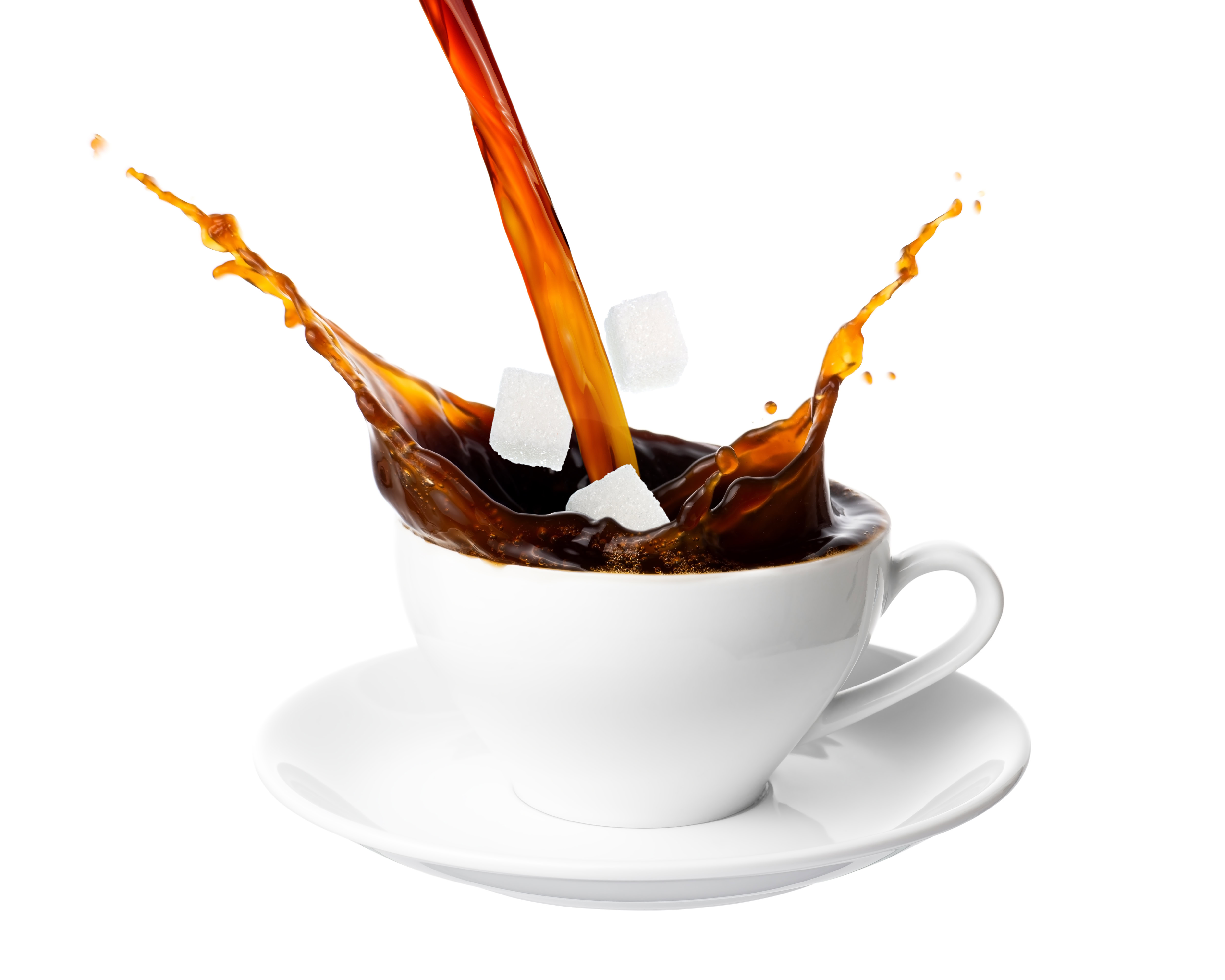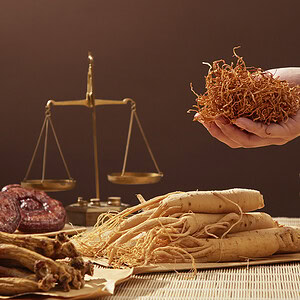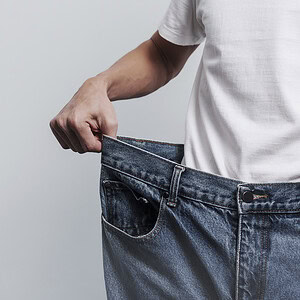Blood sugar testing prompts Catherine Morgan to ditch her sugary coffee.
With my eating habits having gone way off piste following the birth of my third child, it was high time for a review.
Not only had ice cream become a daily ritual, but mornings were being kick-started with a shop bought, sugar laden iced latte.
Having studied nutrition, I knew that blood sugar (glucose) control is an essential foundation to good health; so that’s where I began.
Measuring glucose
To help identify my body’s responses to foods, I purchased a relatively cheap blood glucose meter and got to work pricking my finger several times a day.
But here’s the disclaimer: this was a personal experiment for interest only. Taking such measurements without professional guidance is generally not advised.
Results are of limited value if not interpreted correctly, and could cause more harm than good — especially if prone to health anxiety.
However, my fortnight’s experiment did produce some interesting revelations.
What is a glycaemic index?
According to Dr Kirstie Lawton, an AfN registered nutritionist and BANT registered nutritional therapist, a fasting plasma (blood) glucose (FPG) level below 5.5 mmol/l is considered normal, whereas between 5.5 and 7 mmol/l indicates prediabetes. Above 7 mmol/l would suggest diabetes.
(Lawton emphasises the importance of speaking to a healthcare practitioner for a diagnosis.)
Thankfully, I passed the first test with my FPG level within normal range.
My morning iced latte, however, catapulted my blood glucose to 11mmol/l. At 18.7g sugar per serving (just over 4.5 teaspoons), — a huge sugar hit before I was even fully awake.
(It’s worth noting that a can of regular cola — a school-route beverage of choice for some children — contains 35g sugar.)
More surprising to me, however, is that despite being fully aware of the potential consequences, I was doing this every morning, without food to slow the blood sugar response.
As Lawton explains: “When we consume a lot of sugar or refined carbohydrates at one time, this can cause a spike in our blood sugar.”
The speed at which food or drink raises blood sugar is its ‘glycaemic index (GI)’. High GI foods spike blood sugar faster than low GI foods.
“This is why we recommend eating protein, fat and fibre at meals, and avoiding stand alone high sugar or high carbohydrate foods,” says Lawton.
“If the overall glycaemic load of the meal (the combined GI of all foods) is low, the glucose will be broken down and absorbed at a slower rate, and the spike won’t be as high.”
Thankfully, my blood sugar did return to normal relatively quickly, suggesting that the hormone insulin was doing its job.
Still, it was the wake-up call I needed and I’ve since swapped to fresh filter coffee — no sugar.
Which foods raise blood sugars?
Whilst my experiment was not an exact science (i.e. it was dependent on the meter’s accuracy, any user error and variables such as stress, sleep and physical activity), I did notice some basic trends.
Bananas had a moderate effect on my blood sugar, but the response was much less significant when eaten with a handful of nuts.
Refined grain products (rice, white bread and pastries) caused an unsurprising spike, but I could mitigate the effects somewhat by pairing with protein and/or fat, such as meat, dairy, nuts and seeds, avocado, or eggs.
Surprisingly, despite being a source of refined carbs, my thin based frozen pizza didn’t have a huge impact on my blood sugar (perhaps because of the extra cheese and veg I added); and my favourite lunch of cucumber, tomatoes, boiled eggs, avocado and, occasionally, some mozzarella, remains on the menu, having only a small impact overall.
Even ice cream caused less of a spike than anticipated — although I have reduced it to an occasional treat, as opposed to a daily necessity.
Avoid spiking sugars
For anyone who is pre-diabetic or even borderline, Lawton recommends eating regular meals that are high in protein and healthy fat, and include a wide range of fibre-filled vegetables.
“Try to ensure that no more than 25% of your plate is from a high carbohydrate source, and that the carbohydrates selected are high in fibre,” she says.
“Aim to have protein rich snacks if you are hungry between meals, and avoid sugary drinks, especially outside of mealtimes.”
Intermittent fasting or a fasting mimicking protocol might be beneficial, she adds, but any fasting protocol should be done with the support of a nutritional therapist.
Despite yielding largely unsurprising results, what this experiment reminded me was that even though we cannot see it, what we eat impacts us at a physiological level.
It’s perhaps obvious, but sometimes we need to be shown.
It has certainly made me reassess some of the unhealthy habits that had sneaked in without thought or review. And it’s also made me appreciate the taste of real coffee again.
Enjoyed this article?
Learn more about blood sugars and insulin
For articles and recipes subscribe to Optimum Nutrition
Discover our courses in nutrition






